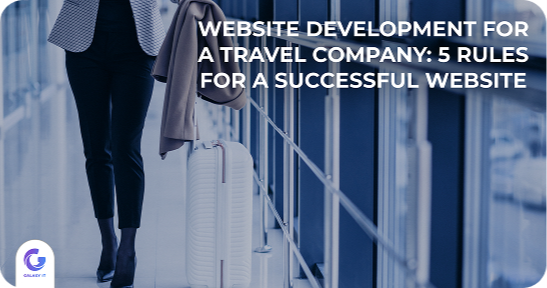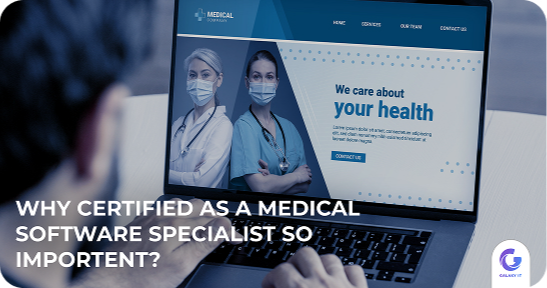SaaS Product Development: The Ultimate Guide
- 26.04.2024
- 33 views
- 10 min
- 80% of businesses utilize at least one SaaS application
- Why Should You Develop a SaaS Product?
- Steps Involved in SaaS Product Development
- Challenges in SaaS Development & Strategies for Overcoming Them
- How to Assemble your Dream SaaS Product Development Team
- What are the key SaaS metrics you should be tracking?
- Final thoughts
80% of businesses utilize at least one SaaS application
If we were to inform you that 80% of businesses utilize at least one SaaS application, you might perceive it as a remarkable opportunity! And indeed, you wouldn't be mistaken; the SaaS market continues to expand, often surpassing initial optimistic forecasts in terms of revenue and growth.
However, before embarking on drafting your SaaS product development roadmap...
It's important to bear in mind that the SaaS industry has its challenges. Without maintaining pace with its exceptional standards, the risk of being outperformed by competitors escalates. Software development firms experiencing an annual growth rate of 20% face only an 8% survival rate, underscoring the necessity for a meticulously planned SaaS product development process from the outset.
In an industry as dynamic and competitive as SaaS, managing the organizational aspects of product development can pose significant challenges, even for seasoned professionals. Numerous factors come into play, demanding a well-balanced approach to each development milestone.
This article aims to consolidate these considerations into a comprehensive guide, aiding you in selecting the most suitable SaaS product development methodology.
Why Should You Develop a SaaS Product?
Every year, both B2B and B2C sectors are seeking to distance themselves from software solutions that require local installation and updates. This trend primarily stems from the desire to conserve users' personal device memory resources. However, the benefits extend beyond this, ranging from improved accessibility to the elimination of the need for integrating the solution into existing IT infrastructure.
Why bother with unnecessary complications when you can utilize customizable one-size-fits-all software accessible via the cloud? Yes, indeed, we're referring to SaaS products, which are gaining increasing popularity year after year.
That's why, if you have an idea for developing a SaaS product, it's definitely worth considering putting it into practice.
Steps Involved in SaaS Product Development
Curious about the process of creating a SaaS product? Let's explore the four primary stages that pave the way for its successful launch.
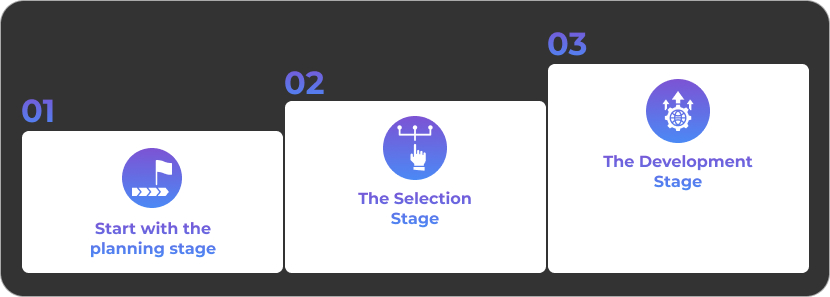
Start with the planning stage
You have a concept in mind, but you still lack a comprehensive roadmap. To reach this stage, you'll need to follow a series of steps outlined below.
- Envision the end product: Begin by elaborating on your idea in detail—identifying your target audience, outlining product positioning, elucidating how it addresses consumer needs, and specifying the versions in which it will be delivered.
- Conduct thorough research: After formulating hypotheses about your product, it's imperative to conduct research to validate or refute them. This involves analyzing competitors and the overall market landscape to prioritize functionalities and eliminate unnecessary ones.
- Evaluate your concept: Assess the feasibility of your solution by gathering feedback from representatives of your target audience through surveys. These insights will provide invaluable guidance as you navigate the development process.
- Define requirements: Armed with comprehensive data, finalize the product requirements to present to your development team. These requirements encompass both technical and non-technical features that they will be tasked with implementing.
The Selection Stage
During the selection phase, numerous decisions will need to be made, each carrying weight in determining the eventual success of your product.
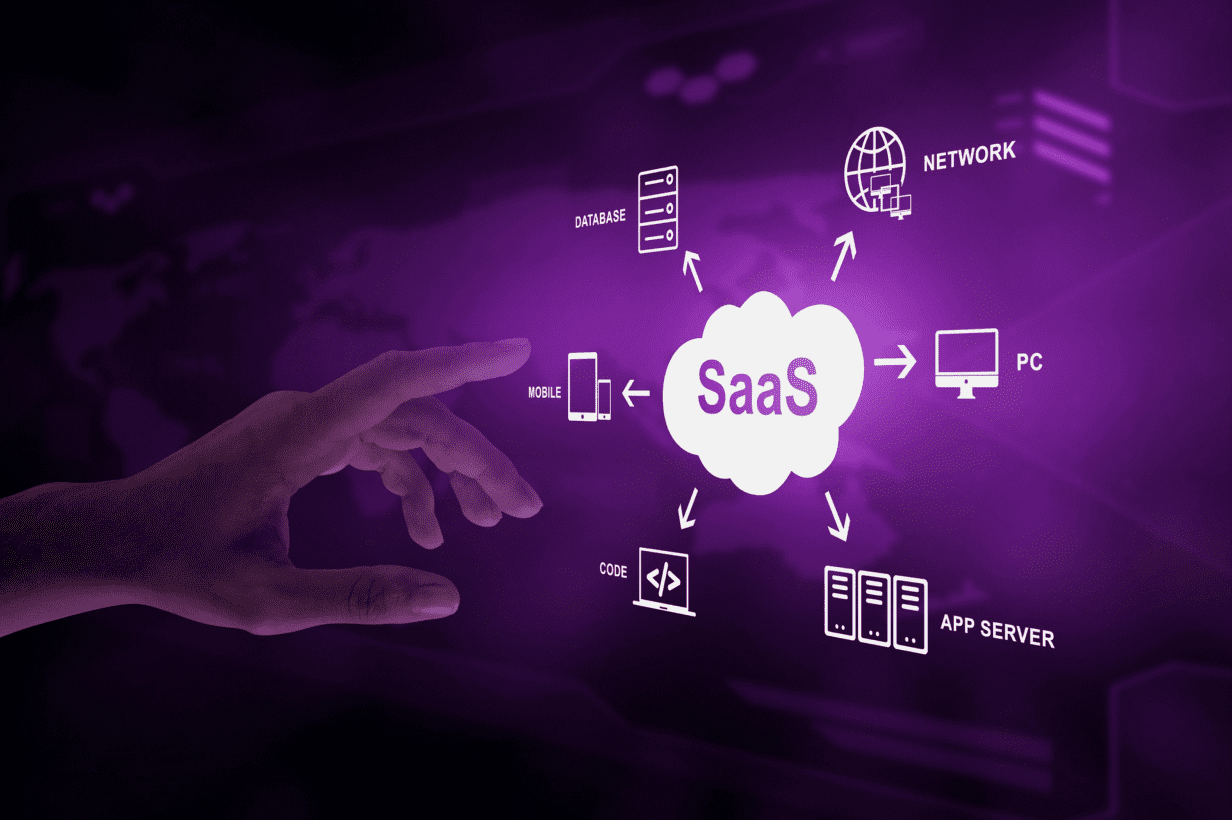
- Tools and Technologies: Identify the core technologies such as AI, machine learning, big data, Internet of Things, etc., which are likely to constitute the primary value proposition of your SaaS product for its intended audience.
- Team: Selecting the right team is crucial. While having in-house experts is advantageous, if your current expertise is insufficient or your business focus lies outside cloud software development, outsourcing to a specialized team may be the optimal approach. They can assist in augmenting your chosen technology stack to align with your business requirements.
- Methodologies: The choice of development methodology depends on the clarity of your product requirements and the urgency of the release. If you lack experience in selecting SaaS product development methodologies, it's advisable to rely on your team's expertise, particularly if they possess relevant experience.
- Cloud Vendor: Evaluate pricing plans and features offered by various cloud providers. Additionally, consider surveying your target audience to identify their trusted cloud vendors. Armed with this information, you can select the most suitable option for hosting your SaaS product.
- Monetization Model: Selecting an appropriate monetization model tailored to your target audience (e.g., pay-per-view advertising, subscription-based, freemium, affiliate links, etc.) is essential. Evaluate your audience's purchasing power and analyze the monetization strategies adopted by your competitors. This step is critical to avoid extensive revisions once the project is underway.
The Development Stage
At last, you and your team are fully prepared to commence the SaaS product development journey. From there, you can begin to enjoy the fruits of your labor.
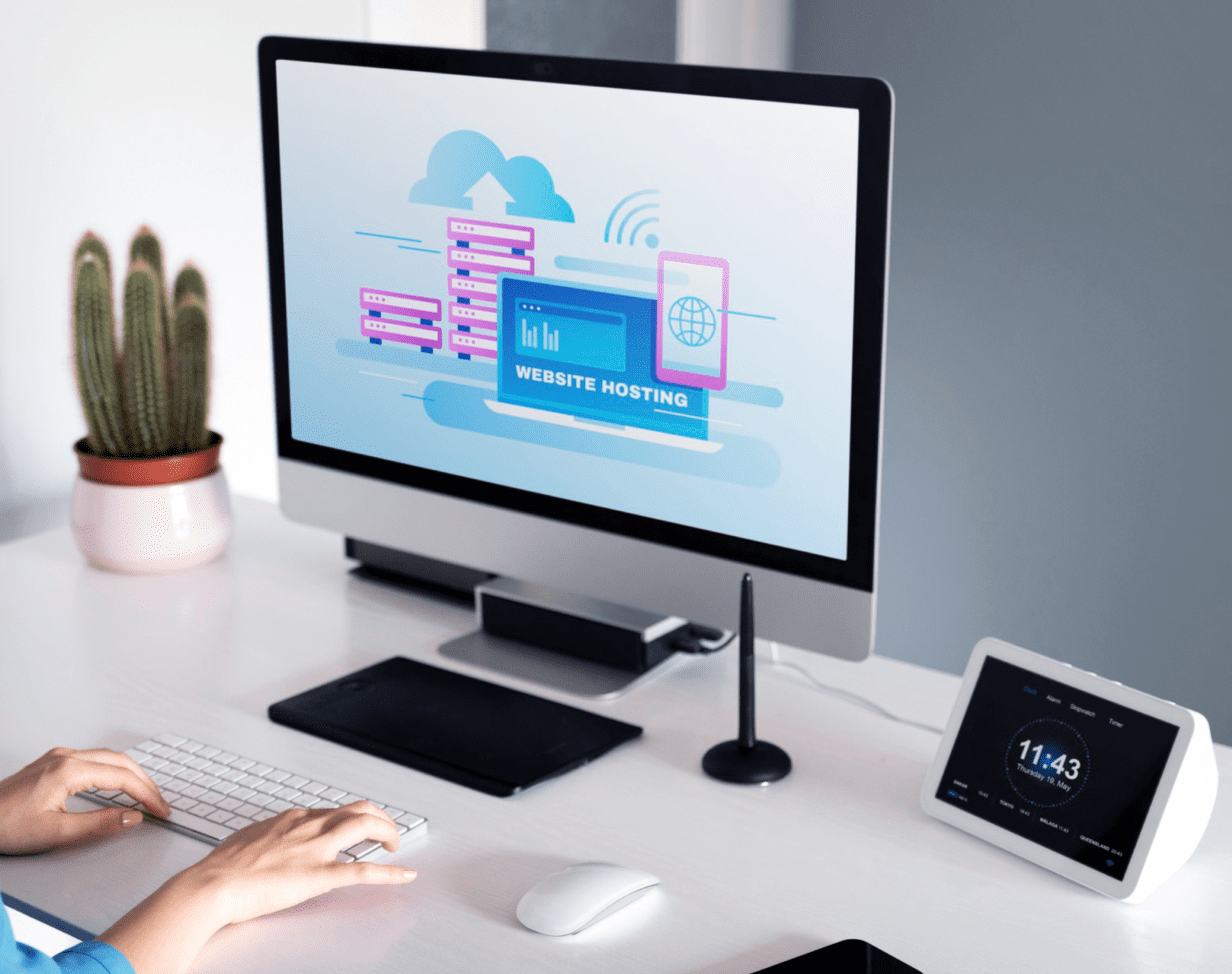
- Wireframing:
To initiate wireframing, envision the potential user journey within your product. Construct a block diagram outlining possible sequences of actions, which will serve as the foundation for creating a wireframe defining the hierarchical structure of your SaaS solution.
- MVP Development:
Utilizing the approved wireframe, commence the development of a minimum viable product (MVP). This initial iteration serves as a rudimentary version of your forthcoming SaaS solution, subject to testing on real users. Feedback garnered from these tests informs the evolution of the product into a comprehensive offering.
- Design:
Simultaneously with MVP development, expedite project progress by engaging UI/UX and graphic designers. This enables the gradual implementation of full-scale design elements.
- Coding and Testing:
Coding can commence during MVP development, focusing initially on establishing scalable project architecture and refining business logic. However, the bulk of coding occurs during the implementation of the full solution. Additionally, individual modules undergo rigorous end-to-end testing to preemptively address challenging bugs.
- Launch:
Upon completion of the final software build, thorough testing procedures ensure adherence to intended functionality. Only after rectifying identified issues can the solution be made publicly available.
- Maintenance and Updates:
With the SaaS solution accessible to a broader user base, establishing a responsive support service becomes imperative. Prompt resolution of user issues, including the discovery and rectification of new bugs, is essential. Furthermore, periodic updates are necessary to sustain competitiveness and relevance, incorporating advanced features over time.
Challenges in SaaS Development & Strategies for Overcoming Them
As you contemplate the benefits and lay out your action plan, it's essential to also consider the potential challenges you may encounter—both during the implementation of your SaaS solution and after its release.
- Difficulty in dividing functionality for different pricing plans;
- Growing development costs over time;
- Challenges with ensuring integration with third-party solutions;
- Complexity in ensuring compliance with GDPR, HIPAA, PCI-DSS, etc.;
- Difficulty in monitoring the user lifecycle in post-payment monetization models;
- Lack of clarity on which features should be customizable and which should be presented in a one-size-fits-all format;
However, partnering with a reliable development team can help overcome these challenges effortlessly.
How to Assemble your Dream SaaS Product Development Team
The structure of your product development team is contingent upon the nature of your software, service, and target audience. Typically, the team is headed by a product development manager who collaborates closely with the CEO.
While the product manager doesn't necessarily need to be a developer or marketer, they should possess a comprehensive understanding of each role within the team. Strong organizational and interpersonal skills are essential. Depending on your company's size and the complexity of the software, various sectors will contribute to product development. These sectors may function as either individual teams or be represented by a single person.
What are the key SaaS metrics you should be tracking?
- Monthly or Annual Recurring Revenue: Essential for gauging the financial health of your business.
- Cost of Acquiring a Customer (CAC): Represents the expenses incurred in marketing and sales to acquire a new customer.
- Customer Lifetime Value (LTV): Reflects the total revenue generated by a customer throughout their subscription period. LTV should ideally exceed 3 times the CAC.
- Net Promoter Score (NPS): Measures the value customers derive from your product. A score above 50 is desirable.
- Customer Churn: Indicates the percentage of customers unsubscribing monthly compared to the total customer count. While it's preferable to keep churn between 3% and 5%, the average churn rate for SaaS companies is around 10%. However, some argue that measuring retention rate may be more valuable than churn rate.
![]()
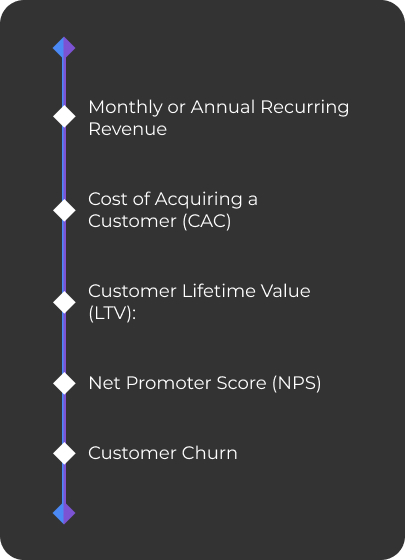
Conversely, some marketers and product managers advocate for focusing on a single metric, believing that juggling too many metrics can hinder strategic clarity. This approach emphasizes selecting the most relevant metric based on the nature of your SaaS product.
When analyzing metrics, it's crucial to distinguish between low-touch and high-touch SaaS. Low-touch products involve minimal interaction with the sales team, allowing subscriptions via websites, emails, and free trials. Average prices range from $10 for B2C software to between $20 and $500 for the B2B industry. For these products, the key metric is monthly recurring revenue.
On the other hand, high-touch products require significant sales team involvement in customer acquisition, onboarding, and account maintenance. Most of these SaaS products are B2B-oriented, with an average contract value ranging from $6,000 to $15,000. Their priority metric is annually recurring revenue.
Revenue tracking is paramount, with calculations revolving around acquisition, conversion rate, and lifetime value divided by churn to determine monthly or annual revenue.
Final thoughts
In conclusion, embarking on SaaS product development, regardless of your skill level or experience, can often feel like venturing into uncharted territory. While we've strived to provide clear, straightforward, and informative guidelines, it's important to recognize that this journey demands creativity, adaptability, and resilience to thrive. Embrace new ideas, foster team collaboration, and view challenges as opportunities to propel the growth of your SaaS product.

